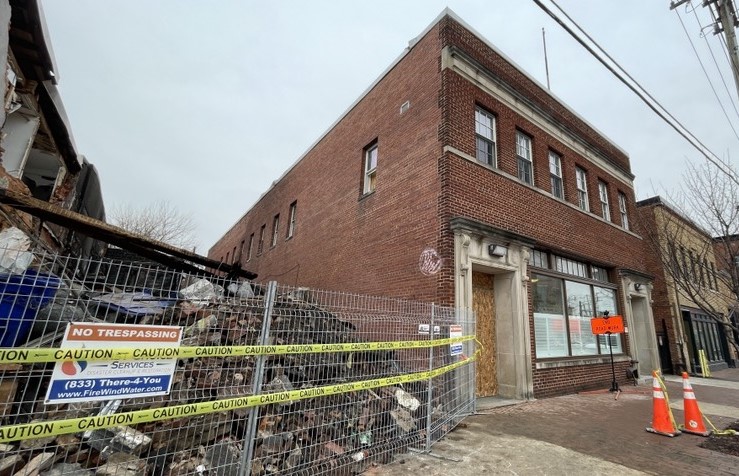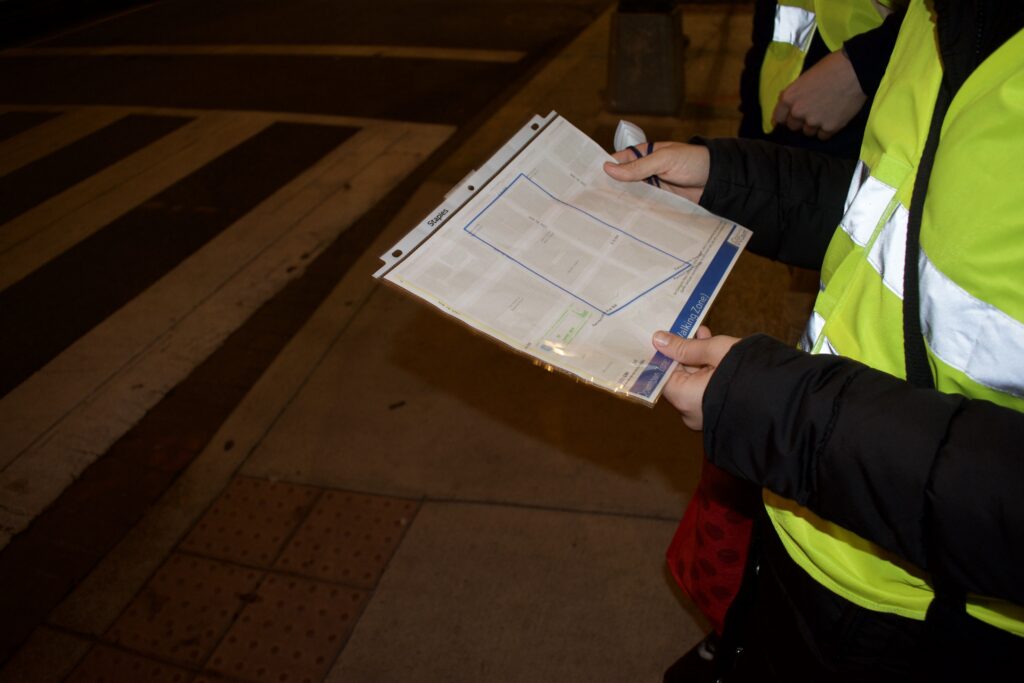Officials in charge still doubt that the accommodations will suffice
For city officials responsible for protecting the homeless from hypothermia, the winter season began Nov. 1.
Homeless advocates generally agree that in theory, the new winter plan provides enough beds to shelter the city’s homeless single men and women during hypothermia season.
It allocates a total of 1,396 shelter beds for men and 431 for women. Yet those familiar with the plan also continue to worry about whether the plan will actually work.
“Here’s the plan. Now we have to talk about implementation,” said Chapman Todd of Catholic Charities, who serves on the city’s Interagency Council on Homelessness, which is charged with developing the winter plan.
Todd was speaking at a recent meeting of the Coalition of Housing and Homeless Organizations, where the people who run shelters and other homeless programs had gathered around a long table to ponder the challenges of the winter ahead. Those gathered for the meeting and those back at their offices worried whether shortages of shelter space in some neighborhoods or failures in the system designed to move homeless people from one place to another might leave someone stranded with tragic consequences.
“It’s our responsibility to let the District know what’s happening on the ground,” Todd said.
According to data from previous winters, problems often arise when people seek shelter late at night only to find all the beds full. In order to avoid being turned away, transported to a distant shelter, or stranded without a place to stay, homeless people in need of beds are being urged to arrive at shelters as early as possible.
A hotline monitoring system has been established to track such incidents, which is designed to keep a running tab of available beds in each shelter and updated every hour.
Despite these efforts, many of the people who provide homeless services agree that the system sometimes does not work perfectly. In addition, the growing number of families in need of shelter space is a continuing concern as the cold weather settles in.
This year, the plan the plan provides for 315 living units for families.
Last winter, the city’s largest family shelter, the currently closed D.C. General Hospital, was overwhelmed by needs. More than 200 families were lodged in the aging facility, in space normally used for 135 families. The facility is slated to accept 135 families again this winter. Yet demand is growing.
“The number of families experiencing homelessness in our city is growing steadily,” said executive director and co-founder of Homeless Children’s Playtime Project (HCPP) Jamila Larson, which provides activities for the children staying at DC General. “This year we’re concerned that the need is again underestimated…they allotted space for only 135 families (at DC General), but in our opinion, that’s not enough.”
Homeless families have often been called the hidden homeless because they aren’t obviously spotted, said Larson, but the city’s problem has become hard to ignore. The District’s annual homeless enumeration found a total of 800 homeless families, an increase of nearly 14 percent over last year. Between April and June of 2010, 517 families applied to the city for shelter, according to figures compiled by the Interagency Council. For the 2010-2011 hypothermia season, the government has allotted $2.2 million to operate hypothermia shelter locations.
“The bottom line is there aren’t enough shelter beds for families and there aren’t enough affordable housing opportunities to stem the tide,” Larson said. “Last year the winter plan wasn’t adequate, especially for families. That’s where the city fell short.”








